
What is Abortion? Why is It Needed?
Abortion is a surgical intervention intended to terminate an unwanted pregnancy, in general. Abortion literally means scraping, and besides terminating the pregnancy, it is also performed for the purpose of taking tissue from the uterus. This surgical intervention is one of today’s most commonly performed surgical procedures. From a psychological point of view, it is not easy to make a decision on terminating a pregnancy. However, when a surgical intervention is considered, the surgical procedure called vacuum abortion, which allows for the patient to return to her daily life immediately, can be safely performed using new practical surgical instruments in such a short time of 3 to 5 minutes in a doctor's office setting, thanks to the advancement of today’s technology and the development of anesthetic drugs. When performed with the vacuum technique by a specialist physician using sterile instruments in a hygienic environment, abortion does not cause any problem for the patient and does not prevent her from getting pregnant again in the future.

How Is an Abortion Performed? How Long Does it Take?
The modern, reliable, and risk-free abortion procedure intended to terminate unwanted pregnancies can be performed under local anesthesia or general anesthesia in such a very short time of 3 to 5 minutes, in a comfortable doctor's office setting. Although abortion under general anesthesia increases the cost a bit, it is more preferred and recommended by considering the psychology of the mother and in order to ensure a completely painless course of operation. After the anesthesia is administered, the patient is placed in the appropriate position, and then the procedure is started with a gynecological examination to assess the condition and size of the uterus. After determining the features of the uterus, a vaginal speculum is inserted. With the speculum, the cervix is made visible. The vagina and cervix are washed with antiseptic solutions as a precaution against possible infections. If local anesthesia is preferred for the abortion procedure, it is administered at this stage, and the drug is injected into both sides of the cervix. The cervix is then grasped with an instrument called single tooth tenaculum. This procedure can be painful. The single tooth tenaculum is then pulled back to straighten the uterus. With the help of instruments called bougie, the cervix is expanded. For this, the thinnest possible bougie is used. After the completion of the expansion process, plastic cannulas are passed through the cervix to reach the uterine cavity. After the cannula is placed, its tip is connected to a special vacuum aspirator that creates vacuum for this purpose. Negative pressure is created by activating the aspirator, and the inside of the uterus is cleaned by moving the injector back and forth. This process is continued until the inside of the uterus is completely cleaned. After a short period of rest, the patient can easily stand up and resume her daily life.

Advantages of Vacuum Abortion that is the Most Modern Procedure
Abortion can be performed with different techniques. In the past, unwanted pregnancies were terminated by scraping the uterus with instruments called curettes resembling a sharp spoon. Today, abortion operations are performed with modern instruments. Vacuum abortion is the most widely used, most comfortable and safest abortion procedure that poses the lowest risk to patients. In vacuum technique, instruments called Karman cannulas are used to empty the uterus. Termination of pregnancies in this way is called vacuum abortion. The biggest advantage of vacuum abortion is that it allows for intrauterine evacuation to be performed in a short time with minimal side effects and less pain, and that it involves the use of disposable cannulas minimizing the risk of infection.

How Long Can an Abortion Operation Be Performed?
The laws of our country allow optional abortion before the end of the 10th week of pregnancy. However, if the baby has a condition such as disability etc. or if the baby's heartbeat is not observed, the limit for termination of pregnancy is up until the end of the 24th week of pregnancy, when the fetal viability is considered to begin. If the parents do not want to continue the pregnancy, abortion should be performed as soon as possible, because the larger the baby, the more serious the problems that may be encountered in the postoperative period. The legal limit is until the end of the 10th weeks of pregnancy, but if there is a problem incompatible with life in the baby, and if anomaly or disability is observed in the baby as a result of amniocentesis or a similar test, the pregnancy can be terminated until the end of the 24th week.



 FIND US
FIND US
 WHATSAPP
WHATSAPP
 CALL
CALL
 MESSAGE
MESSAGE

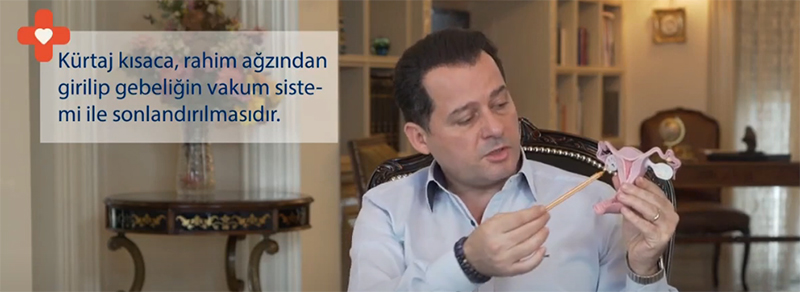

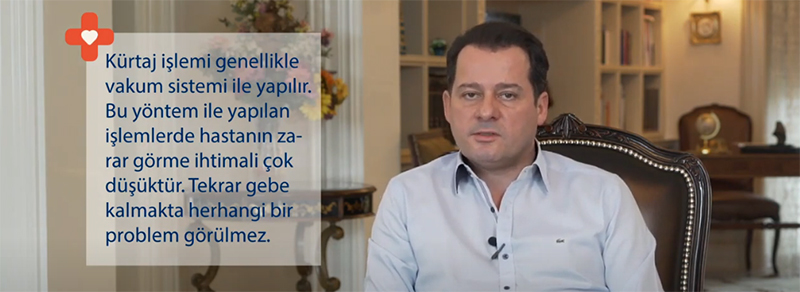
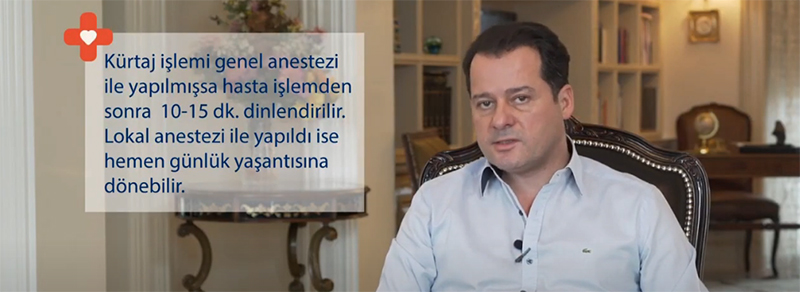
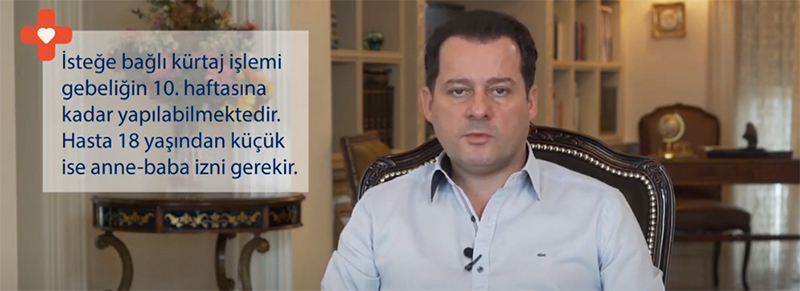








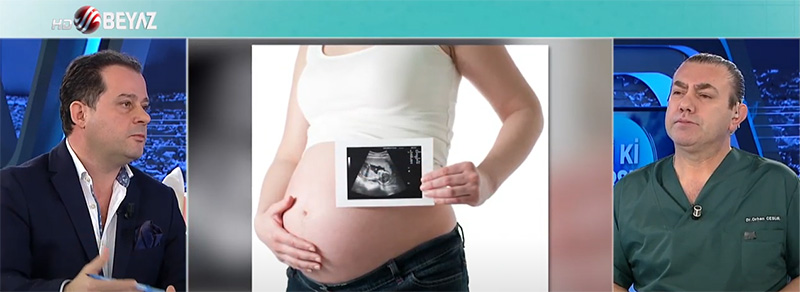



 ABORTION
ABORTION
 Hymen Repair (Hymenoplasty)
Hymen Repair (Hymenoplasty)
 Genital Aesthetics
Genital Aesthetics
 HPV - Genital Warts
HPV - Genital Warts

 LEGAL NOTICE
LEGAL NOTICE